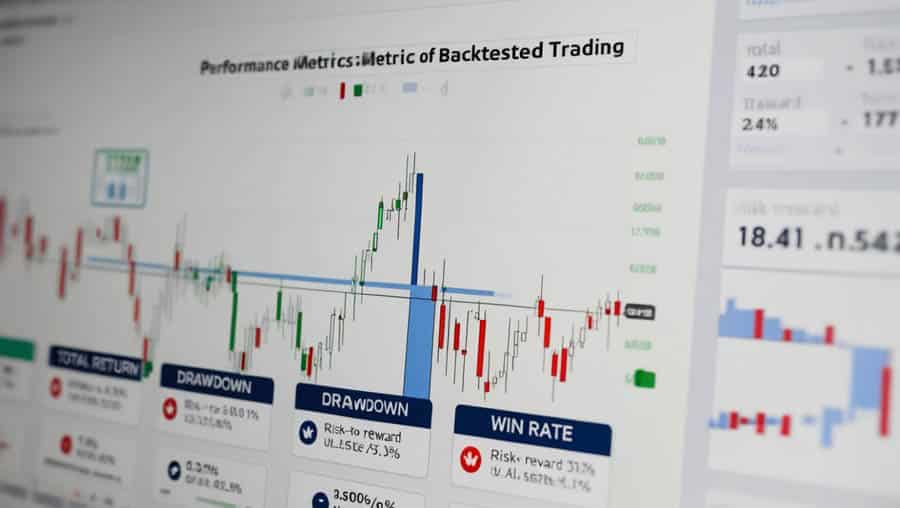Futures are financial derivatives derived from physical assets, contrasting with spot trading. A futures contract is a standardized agreement, set by a futures exchange, to buy or sell a specific quantity of an underlying asset at a predetermined price on a specified future date and location.
Futures can be based on either commodities (like oil or wheat) or financial instruments (like interest rates or stock indices). Contracts based on physical commodities are called commodity futures, while those based on financial assets are called financial futures.
Key Features of Futures Trading
1. Standardized Contracts
All futures contracts are standardized—meaning the quantity, specifications, delivery time, and delivery location are predefined by the exchange. This makes futures trading more efficient, eliminating the need for custom negotiations and enhancing liquidity.
2. Centralized Exchange Trading
Futures are traded on regulated exchanges via open outcry or electronic systems. Only exchange members can trade directly; individual traders must place orders through a member broker.
3. Margin-Based Leverage
Instead of paying full contract value, traders only need to put up a margin (usually 10%-15%). This allows for leveraged trading, magnifying both potential gains and losses. The lower the margin requirement, the higher the leverage—and the greater the risk.
4. Bidirectional Trading and Hedging
Futures allow two-way trading:
- Long position (Buy to Open) if you expect prices to rise
- Short position (Sell to Open) if you expect prices to fall
Most trades are closed out via an offsetting trade (hedging) before contract expiry, rather than through physical delivery. This feature increases market liquidity.
5. Daily Mark-to-Market Settlement
At the end of each trading day, all open futures positions are settled using that day’s settlement price. Gains and losses are calculated and transferred between accounts. If a trader’s balance falls below the required margin level, they must post additional funds (margin call)—ensuring “no debt” at the end of each day.
Key Differences: Futures vs. Stocks
| Feature | Futures | Stocks |
|---|---|---|
| Trading Schedule | T+0 (buy/sell same day) | T+1 (sell only next day) |
| Capital Requirement | Margin (partial payment) | Full purchase required |
| Settlement | Daily mark-to-market | Full payment at trade |
| Direction | Long & Short (bidirectional) | Long only (unidirectional) |
| Expiry | Contracts expire | No expiration |
Futures Long & Short Explained
Futures trading allows going long (buying) or going short (selling) with equal ease. Here’s how you’d execute each in a typical trading platform:
- Long (Buy to Open):
Enter a long position by choosing “Buy” → “Open.” Close the position by selecting “Sell” → “Close.” - Short (Sell to Open):
Enter a short position with “Sell” → “Open.” Close it with “Buy” → “Close.”
Note: Futures use a first-in, first-out (FIFO) system when closing positions. Some exchanges (like SHFE and INE) support “Close Today” instructions to target same-day trades specifically.
Advanced: Futures Margin Explained
How much money do you actually need to trade futures? This depends on the margin requirement. Missing a good opportunity due to a margin miscalculation is painful—so it’s important to understand how much capital you need per order.
Margin Calculation Formula
Futures Margin = Trade Value × Margin Rate
Where:
- Trade Value = Price × Contract Size (per lot)
- Margin Rate is determined by the exchange and adjusted by your broker.
Example:
For a methanol futures contract (MA2301):
- Price = 2650
- Contract Size = 10 tons
- Margin Rate = 12%
👉 Required Margin = 2650 × 10 × 12% = ¥3180
Futures Commissions (Fees)
Unlike stock trading (which often uses flat fees), futures contracts vary significantly by product and trading behavior.
Fees Apply to Both Opening and Closing
Each trade—whether opening or closing a position—incurs a fee. Some instruments charge more for intraday trades (same-day open and close).
Two Main Fee Structures:
- Percentage-Based:
Calculated as a proportion of the contract value (e.g., copper, rebar, silver).- Formula:
Fee = Price × Contract Size × Rate × Number of Lots
Copper2301- Price = 62,500
- Contract Size = 5 tons
- Fee Rate = 0.0001
- Lots = 1
👉 Fee = 62500 × 5 × 0.0001 × 1 = ¥31.25
- Formula:
- Fixed-Amount-Based:
Flat fee per lot, regardless of price (e.g., sugar, methanol).- Formula:
Fee = Fixed Rate × Number of Lots
Sugar2301- Fee per lot = ¥8
- Lots = 2
👉 Fee = 8 × 2 = ¥16
- Formula:






